Biometrics for Government & Law Enforcement Library
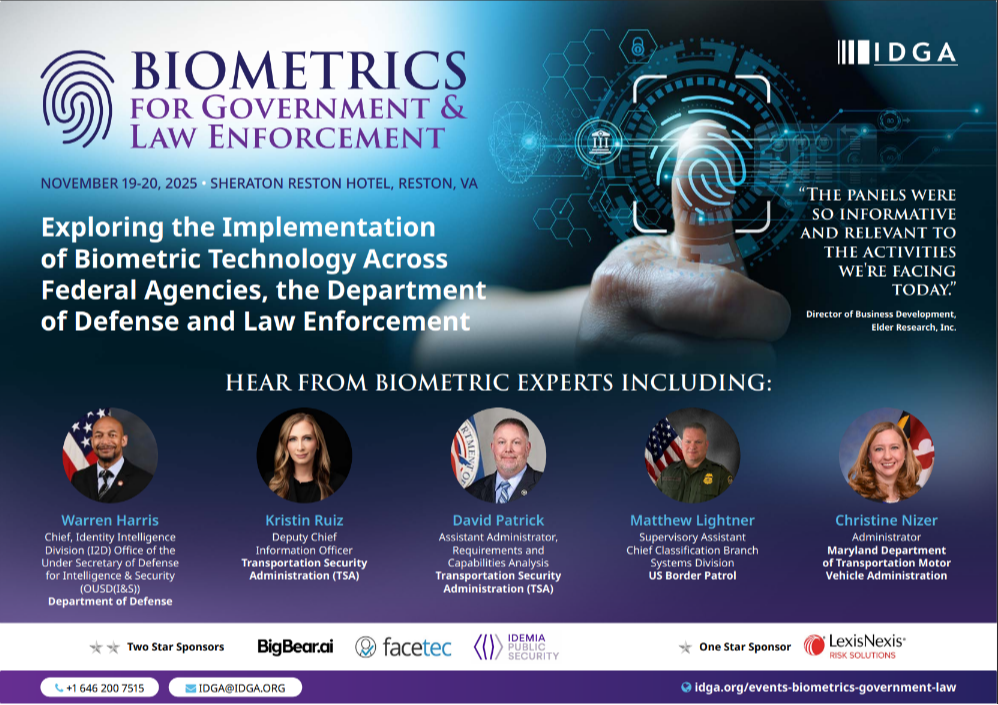
Biometrics for Government & Law Enforcement | 2025 Agenda
IDGA are delighted to host its annual Biometrics for Government & Law Enforcement Summit taking place on November 18-19, 2026, at in Washington, DC. Join us to examine cutting-edge technological developments, address the pressing challenges facing your peers, and engage directly with ...
Industry Insights
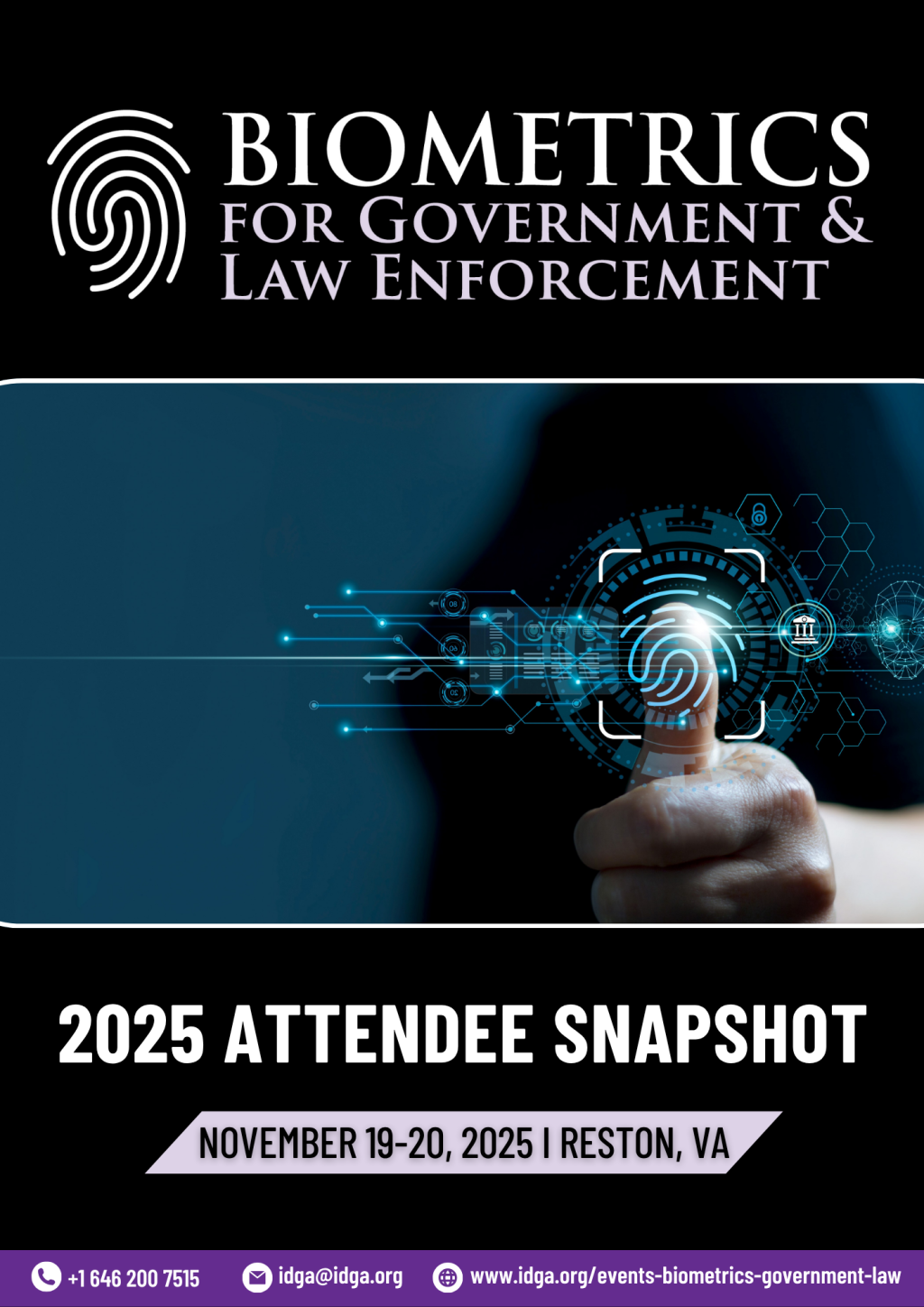
2025 Attendee Snapshot | BGLE
View the 2025 Attendee Snapshot to find out who attended last year's Biometrics for Government and Law Enforcement Summit in Reston, VA, and is likely to return in 2026.
Don't miss out on the opportunity to network with industry leaders, build new connections, share best practices, and explore innovations in biometrics.

Biometrics at TSA Checkpoints Presentation by Jason Lim
Delivered by Jason Lim, Identity Management Capability Manager, Transportation Security Administration, at the Biometrics for Government and Law Enforcement Summit, this presentation delves into the TSA’s latest efforts in biometric identity verification and digital ID integration at airport checkpoints.
Download to find out:
- TSA's Commitments to The Traveling Public
- TSA’s Approach to Modernizing Checkpoint Identity Verification
- TSA PreCheck®: Touchless Identity Solution
- Current Touchless Identity Solutions (TIS) Locations
- TSA’s Evaluation of Biometric Technology
- Implementing TSA’s Vision for Biometrics

Biometrics in Action: How U.S. Border Patrol is Enhancing Enforcement with Advanced ID Technologies
Supervisory Assistant Chief (SASC) Matthew Lightner has 18-years of experience at U.S. Customs & Border Protection. In that time, he has become one of the agency’s leading SMEs in biometrics. Currently as SASC in the Systems Division of the U.S. Border Patrol Headquarters’ Strategic Planning and Analysis Directorate, SASC Lightner plays a pivotal role in overseeing the US Border Patrol’s biometrics and various enforcement systems technologies utilized by front-line agents. On top of his years of experience for the border security agency, SASC Lightner holds a Bachelor’s degree in Criminal Justice, a Master’s degree in Criminal Justice Leadership and Management and is currently pursuing a Doctor of Philosophy in Criminal Justice-Homeland Security.
In the latest interview from IDGA, SASC Lightner sat down to discuss biometrics solutions CBP is seeking, data interoperability across federal agencies, and much more.

Mini Survey Report: The Future of Biometric Technology in Government Operations
Biometric technologies are playing an increasingly vital role in modern law enforcement and government operations, offering enhanced capabilities for identity verification, border security, and criminal investigations. As these technologies evolve, understanding the practical challenges, strategic priorities, and operational readiness of agencies and organizations becomes essential. To explore these dynamics, IDGA sent a “Biometrics for Government & Law Enforcement” survey to our network of biometrics professionals.
In this mini survey of 27 respondents from a diverse group of participants, including representatives from state and local law enforcement agencies, government employees, industry professionals, federal law enforcement, consultants, educators, contractors, and retired officials.
This report analyzes responses to key survey questions spanning biometric modalities in use, areas needing improvement, perceived threats, AI integration, organizational preparedness, and future priorities.
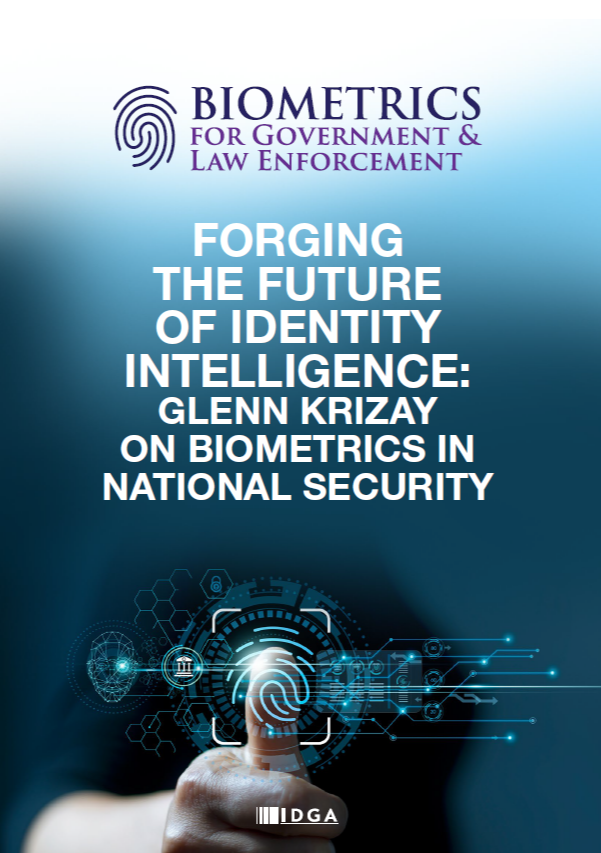
Forging the Future of Identity Intelligence: Glenn Krizay on Biometrics in National Security
Glenn Krizay is the former Director of the Defense Forensics and Biometrics Agency (DFBA), an Army agency responsible for developing and implementing strategic biometric plans and concepts for the DoD. Prior to his role with DFBA, (DHS), he served as the Executive Director, Information Sharing and Safeguarding Executive Staff and Deputy Undersecretary for Plans, Policy and Performance Management in the Department of Homeland Security. He also retired from the Air Force with 26-years of honorable service. In total, Krizay has over four-decades of experience in biometrics and identity intelligence that ranges across the DHS, DoD, and other key federal agencies.
In 2024, Krizay officially left the federal government, and he has since been named chairman IDGA’s Biometrics for Government and Law Enforcement Summit. Before arriving in Reston last winter, Krizay sat down with IDGA to discuss the evolution of biometrics.
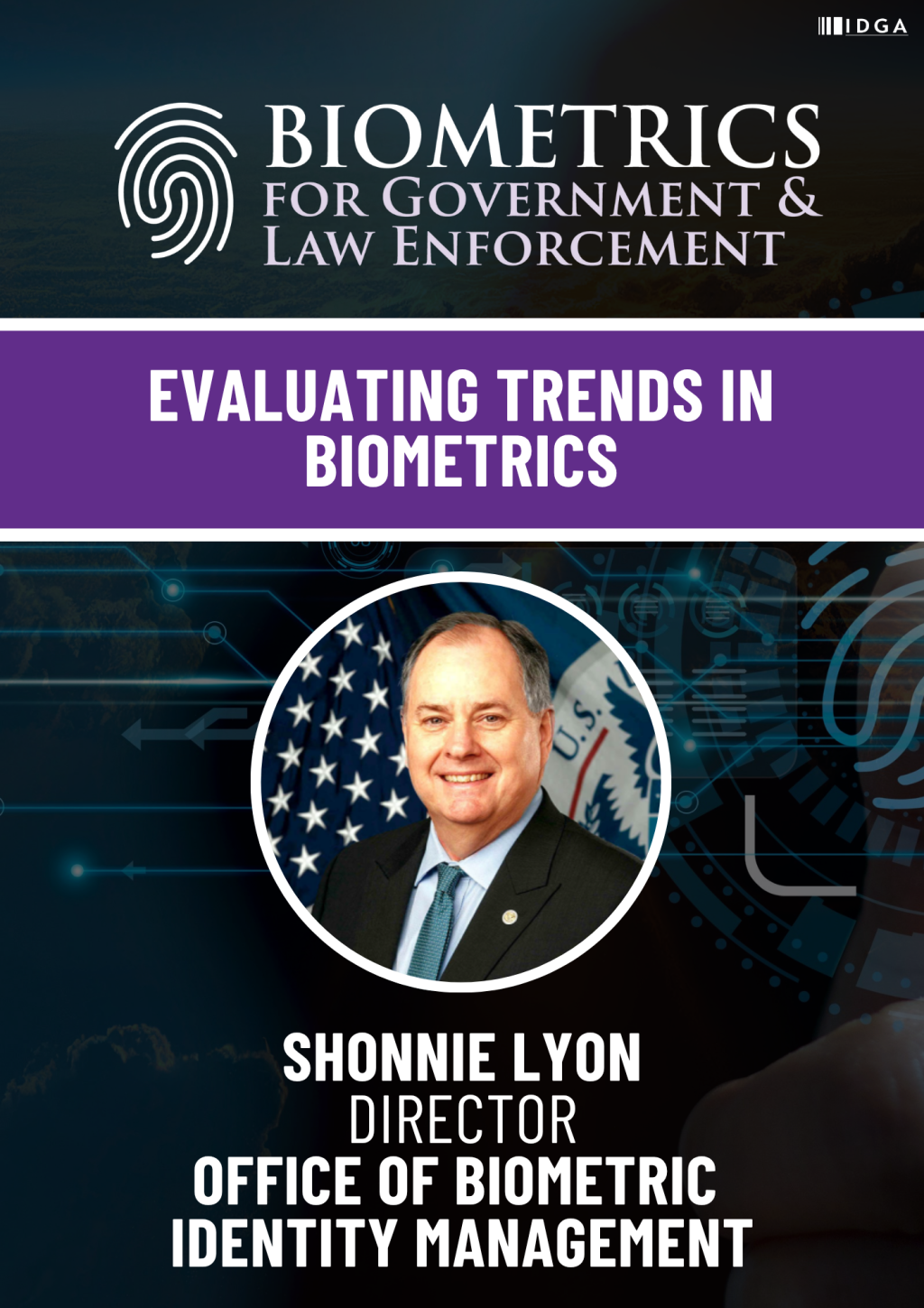
Evaluating Trends in Biometrics Presentation by Shonnie Lyon
Delivered by Shonnie Lyon, Director of the DHS Office of Biometric Identity Management, at the Biometrics for Government and Law Enforcement Summit, this presentation delves into evaluating the trends in biometrics.
Download to find:
- A detailed overview of DHS biometrics
- DHS's biometrics 'triad' for interagency data sharing
- Trends, challenges, and opportunities in biometrics
- Contactless biometrics modalities with their benefits and challenges
- DHS's commitment to responsible use of facial recognition and face capture
- How the DHS is protecting privacy for citizens and visitors
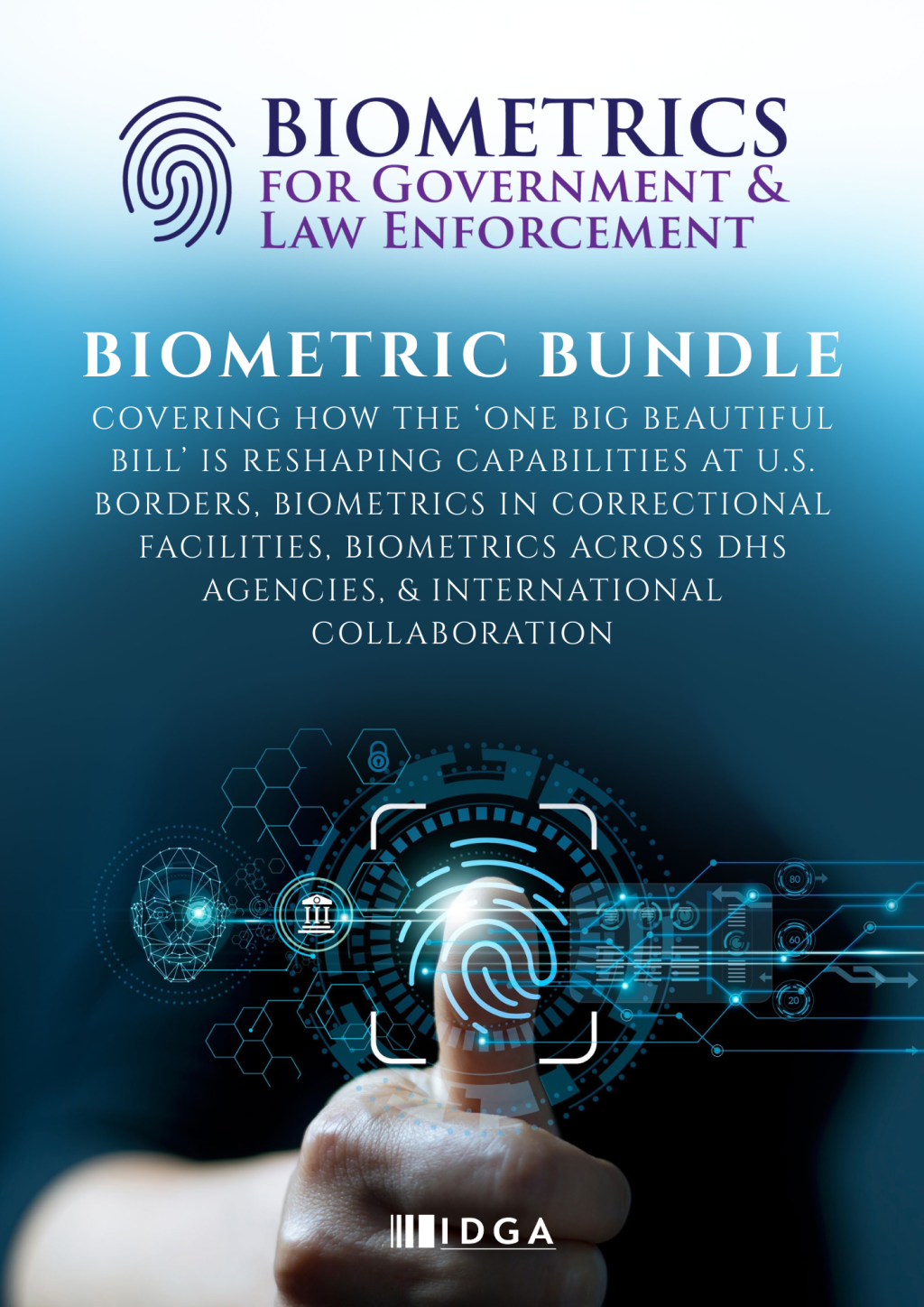
Biometric Bundle | Covering Exclusive Biometric Insights
Ahead of IDGA's Biometrics for Government & Law Enforcement Summit (November 19-20, 2025 | Reston, VA), IDGA have created the 'Biometrics Bundle', a handpicked collection of expert insights, real-world case studies, and must-read interviews, designed to give biometrics leaders the clarity, foresight, and strategies to lead with confidence in an evolving landscape.
Download to read:
- A Guide to Biometrics in Correctional Facilities
- How the 'One Big Beautiful Bill' is Reshaping Biometric Capabilities at U.S. Borders
- The Role of Biometrics Across DHS Agencies
- Leveraging International Collaboration as Biometric Technologies Evolve
Sponsorship enquiry

2025 Sponsorship & Networking Prospectus
View the Biometrics for Government & Law Enforcement 2025 - Sponsorship & Networking Prospectus, and explore:
- 2025 Expert Speakers
- Producer & Chair Welcome
- Who to Expect Onsite
- Sponsorship Opportunities

